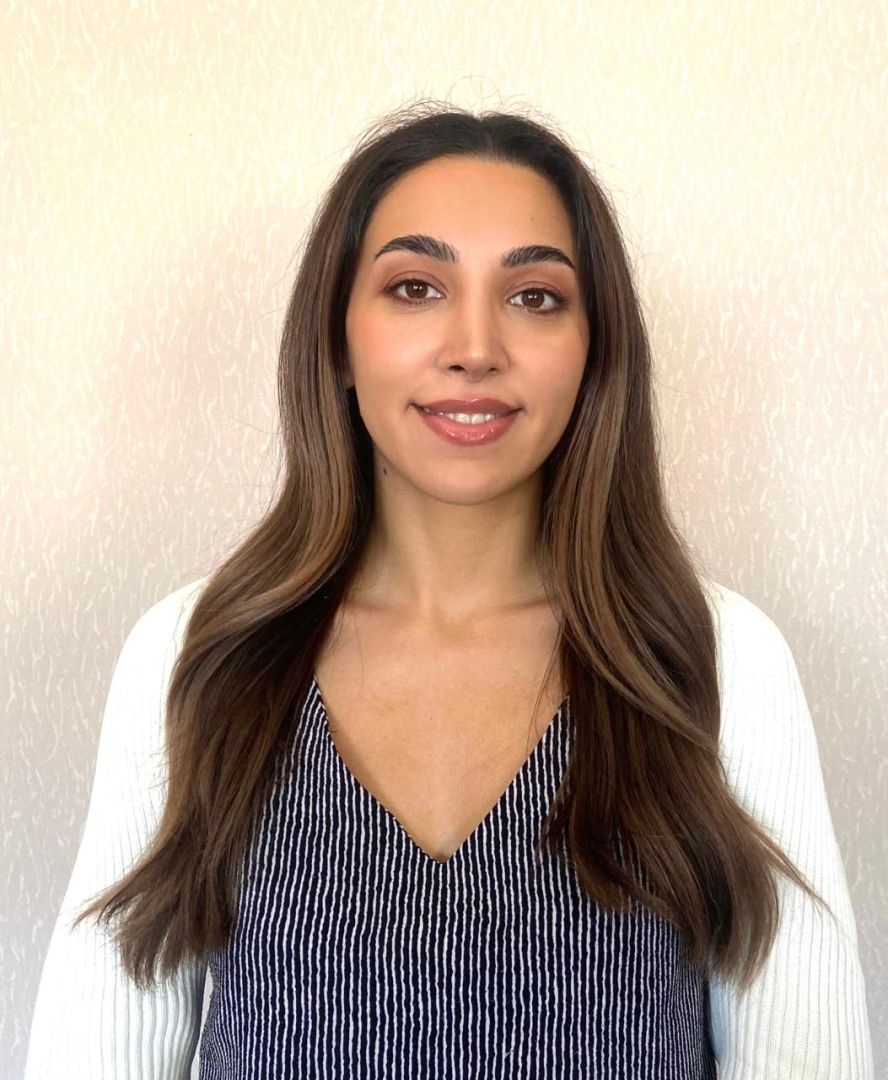President Aliyev’s reconstruction strategy reshapes liberated lands into engines of growth
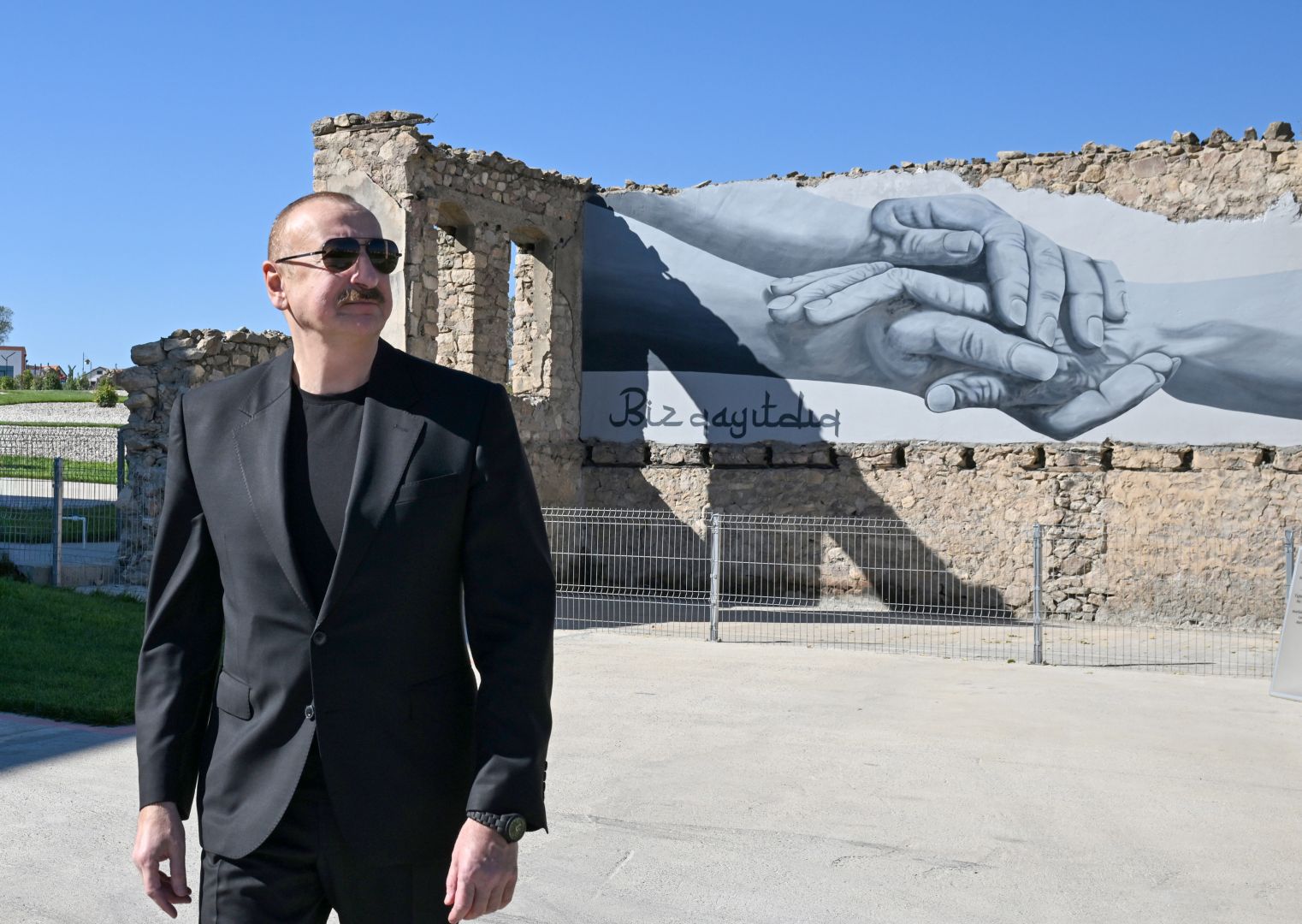
Azerbaijan’s foremost national priority today is the comprehensive development of its ancient and historic lands - the territories of Garabagh and Eastern Zangezur - and ensuring that their rightful inhabitants, who were forced to leave more than three decades ago, can finally return to their ancestral homes. This mission lies at the heart of the country’s “Great Return” program, which represents both a national revival and a long-awaited restoration of justice.
Azerbaijani President Ilham Aliyev’s recent visit to Garabagh and Eastern Zangezur underscores the country’s determined post-conflict reconstruction efforts, highlighting the successful implementation of this ambitious state program. Launched immediately after Azerbaijan regained territorial control following the 2020 Patriotic War, the Great Return initiative aims to restore cities and villages, ensure the return of internally displaced persons (IDPs), and create sustainable social, economic, and cultural infrastructure across the liberated territories. Five years after the liberation of Jabrayil, Fuzuli, and Zangilan districts, the program is demonstrably transforming the region into a thriving hub of residential, industrial, and cultural development.
On October 28, President Aliyev participated in the opening of the first phase of Horovlu village in Jabrayil district. Originally occupied by Armenia in 1993, Horovlu was liberated on October 4, 2020. Spanning 248 hectares, the village now features 334 individual houses, modern utilities including water, electricity, gas, solar panels, and high-speed internet, as well as Garabagh carpet-patterned facades. The first phase of the project also includes a 624-seat school, a 220-seat nursery-kindergarten, a medical center, a sports-health complex, and a two-story administrative building equipped with a GIS-based village management system.
President Aliyev personally handed over keys to new residents, noting the historic significance of their return:
"Dear natives of Horovlu, I greet you from the bottom of my heart. Today is a very significant, unforgettable, and historic day in the history of Horovlu village. The residents are returning to their native land. I sincerely congratulate you on this occasion. May you live happily here!"
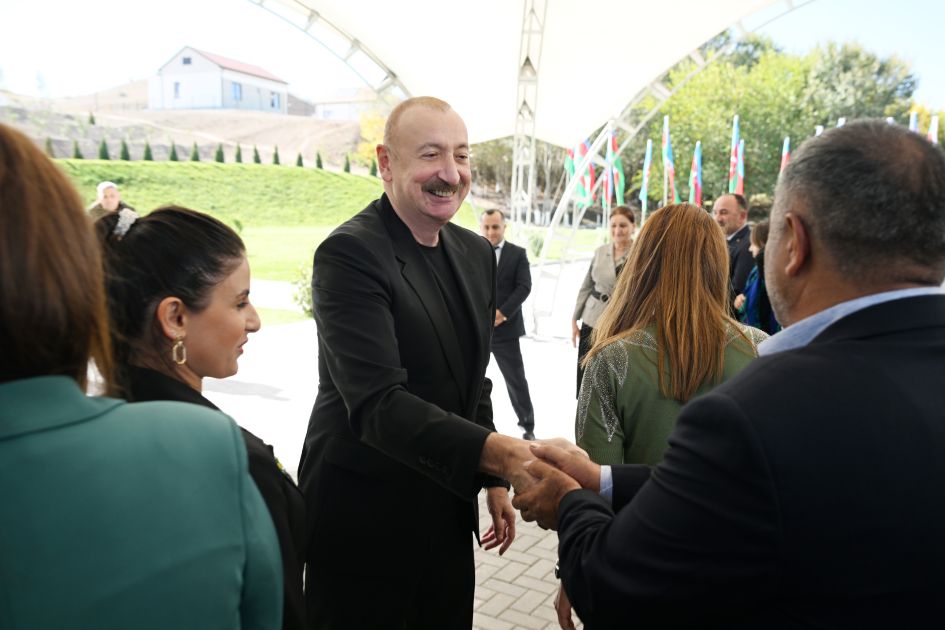
This symbolic return represents not only a physical restoration but also a profound socio-political statement: Azerbaijan is consolidating its post-war gains while fostering sustainable development and social cohesion in previously occupied territories. The reconstruction of Horovlu demonstrates meticulous urban planning, blending historical preservation - such as restored kahrizes and retained pre-occupation buildings - with modern amenities and energy solutions, including solar panels.
The President also laid the foundation for Jabrayil City Mosque, signaling a commitment to cultural and spiritual restoration alongside infrastructural development. Covering over 1,530 square meters, the mosque will accommodate 615 worshippers and include communal facilities, representing the revival of Jabrayil’s religious heritage, largely destroyed during the occupation.
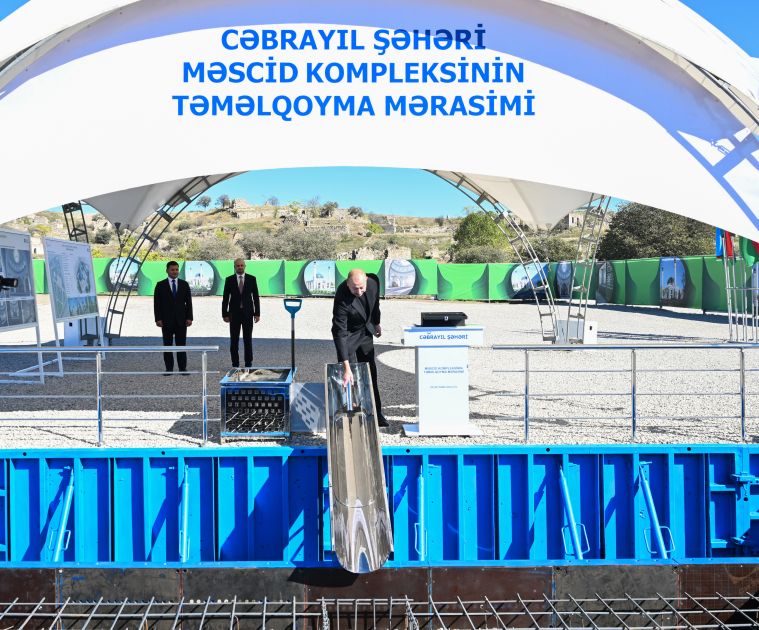
Urban reconstruction continued with the foundation stones for the second and third residential complexes in Jabrayil city. With a total of 1,361 modern apartments across 48 buildings, these complexes demonstrate a strategic approach to residential planning, ensuring modern living conditions while accommodating the influx of returning IDPs. The city’s infrastructure is being complemented by energy projects, including the “Shams” and “Ufug” solar power plants, which will generate 206 million kWh annually and contribute to Azerbaijan’s green energy strategy. President Aliyev highlighted the significance of this development:
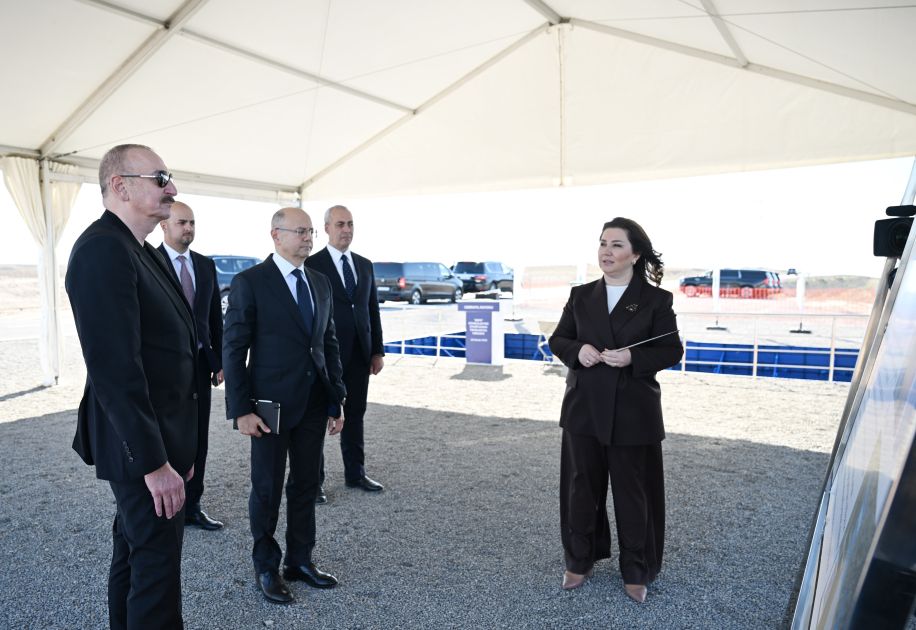
"This region has excellent agricultural potential, and solar energy generated here will supply the entire area. The capacity of existing and planned solar and hydroelectric stations in Jabrayil and Zangezur districts will reach approximately 400 megawatts — enough for a large city."
In the Zangilan district, the Great Return program continues with the opening of Mammadbayli village and the second phase of Aghali village. Mammadbayli, covering 51.6 hectares, now offers 188 individual houses fully equipped with modern utilities, while the surrounding infrastructure - including schools, kindergartens, and health centers—is designed to provide a self-sufficient community framework. President Aliyev emphasized the program’s long-term vision:
"You lived under difficult conditions for many years. The life of an IDP is very difficult. But those days are now in the past. For almost five years now, Azerbaijan has restored its territorial integrity. Extensive construction work is underway in all the liberated lands, including the Zangilan district. Let me repeat that we started the first Great Return program from the Zangilan district."
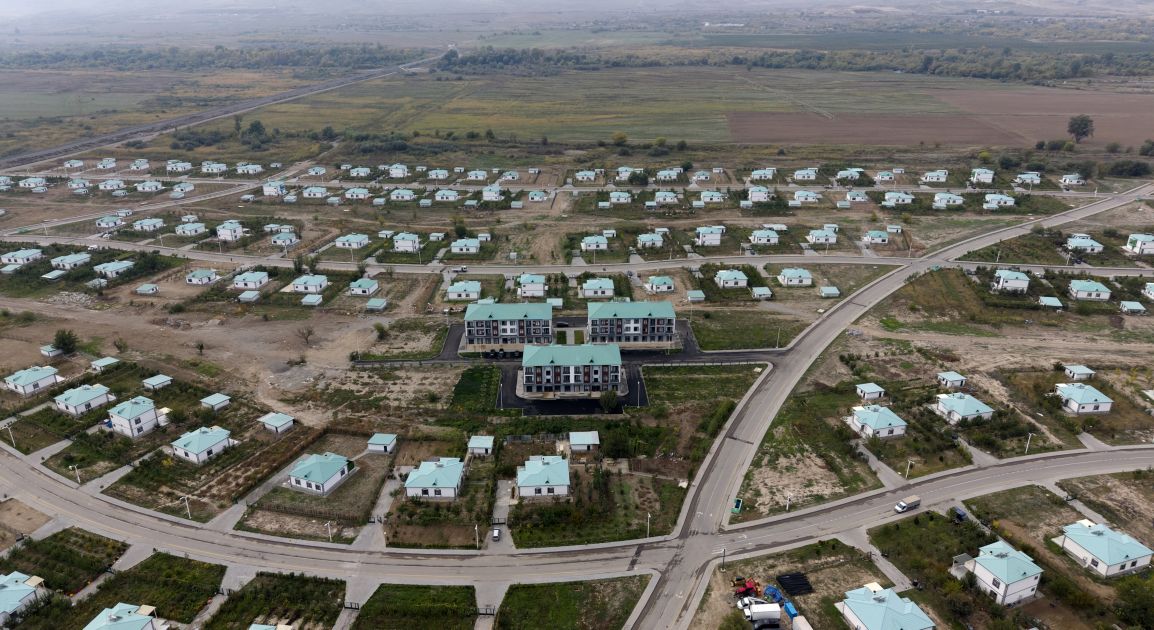
Analytically, the visit highlights a multi-dimensional approach to post-conflict recovery. Azerbaijan is not merely rebuilding infrastructure but actively reconstructing the social fabric by creating employment opportunities, modern educational facilities, and energy independence. The integration of solar power plants alongside agricultural and industrial development reflects a forward-looking economic strategy, aiming to transform Garabagh and Eastern Zangezur into sustainable, self-reliant regions.
The broader geopolitical significance is also notable. By establishing critical infrastructure, residential zones, and transport corridors - including the emerging Zangezur Corridor - Azerbaijan is consolidating control over liberated territories while reinforcing regional trade and connectivity. President Aliyev’s rhetoric underscores both a symbolic and practical assertion of sovereignty:
"Armenians vandalized and destroyed our ancestral lands, but we are the people who build and create. We have driven the enemy out of our lands. Now we are the ones building and creating in our native land, creating conditions, constructing buildings, mosques, and restoring historical monuments. In other words, we, the owners of these lands, have returned and will live here forever."
In conclusion, the October 28 visit exemplifies the tangible outcomes of Azerbaijan’s Great Return program. Through a combination of residential development, infrastructural modernization, cultural restoration, and energy projects, the country is demonstrating a systematic, strategic approach to post-conflict reconstruction. Beyond physical rebuilding, these efforts signal a comprehensive reintegration of liberated territories into Azerbaijan’s socio-economic and cultural landscape, fostering resilience, prosperity, and national unity.
Here we are to serve you with news right now. It does not cost much, but worth your attention.
Choose to support open, independent, quality journalism and subscribe on a monthly basis.
By subscribing to our online newspaper, you can have full digital access to all news, analysis, and much more.
You can also follow AzerNEWS on Twitter @AzerNewsAz or Facebook @AzerNewsNewspaper
Thank you!

